Ganghwado Island (강화도)
493.2M 2023-03-24
Ganghwa-daero, Ganghwa-gun, Incheon
+82-32-934-7500
Ganghwado Island, off the west coast, is the fifth largest island in Korea. The island was connected to the mainland in 1970 with the construction of the Ganghwagyo Bridge. Another larger bridge, Ganghwadaegyo Bridge, was built in 1997, making it easier than ever to travel to Ganghwado Island from Seoul and Incheon areas. The island is home to Chamseongdan Altar on top of Manisan Mountain on the southern coast. This is said to be where Dangun Wanggeom offered sacrificial rites to the heavens. Another important item of note on Ganghwado Island is the collection of stone dolmens, a UNESCO-recognized world heritage.
Ganghwado Island has many famous local products, including the medicinally effective Ganghwa ginseng and hwamunseok, a mat woven with flower patterns. Hwamunseok is famous also as a representative traditional Korean product for its intricate handwork and designs.
Ganghwa Anglican Church (대한성공회 강화성당)
522.0M 2020-04-18
10, Gwancheong-gil 27beon-gil, Ganghwa-gun, Incheon
+82-32-930-4571
Ganghwa Anglican Church was consecrated in 1900 by Charies Jone Corfe, the First Bishop of the Church as the St. Peter and St.Paul’s Church. The church has since undergone several restorations, but the design remains true to the original.
The two-story 4x10 rectangular building is characterized by traditional Korean construction style on the outside while the interior is a Western Basilica style symbolizing the beauty of harmony and Korean tradition. It was first designated as Gyeonggi-do Tangible Cultural Property No. 154 and then became Incheon Tangible Cultural property when Ganghwa was included in Incheon Metropolitan City. In January 2001 it was designated as Historic Site No.424 of Korea.
Ganghwa Seoksumun Gate (강화 석수문)
595.6M 2020-02-06
Gukhwa-ri, Ganghwa-gun, Incheon
+82-32-930-4571
Seoksumun is a floodgate on the Dongnakcheon Stream, which flows through the town of Ganghwa-eup. The floodgate was built in 1711 (37th year of King Sukjong’s reign during the Joseon Period) and it is connected to the inner walls of the Ganghwasanseong Fortress. It is an arched structure with a design of three rainbows coming together. Made of granite, the floodgate measures 18.2 meters in length and 2.7 meters in x_height, while the arches are 1.7 meters tall, and 3 meters wide.
Goryeogung Palace Site (고려궁지)
628.6M 2021-06-01
394, Ganghwa-daero, Ganghwa-gun, Incheon
+82-32-930-7078
Goryeogung Palace Site on Ganghwado Island is the site of the royal palace where the people of the Goryeo dynasty (918-1392) resisted the Mongolian invasion for 39 years. In the 19th year of his reign, King Gojong moved the capital to Ganghwa on account of its natural and strategic advantages. During the Byeongjahoran (Chinese invasion of Korea) in 1637, the palace was lost by force to the Qing dynasty of China. Later, Joseon Dynasty palace building and Ganghwa Yusubu (Ganghwa governor’s office) buildings existed in the Goryeo palace site but were destroyed by the French army during the Byeonginyangyo (French Campaign against Korea). Nowadays, the only structures that remain are the Dongheon main office (built in 1638) and Ibangcheong administration office (built in 1654). The palace and its subsidiary buildings were restored in 1977. It has historical lessons of the spirit of independence and overcoming national crisis.
Ganghwahyanggyo Confucian School (강화향교)
932.8M 2020-06-29
58, Hyanggyo-gil, Ganghwa-gun, Incheon
+82-32-930-4571
First established in Ganghwa-eup during the 5th year of King Injong in the Goryeo dynasty (1127), Ganghwahyanggyo Confucian School was moved to Ganghwa-gun and then restored at the foot of Buksan Mountain (formally Songaksan Mountain) in 1624 by Sim Yeol during the 2nd year of King Injo.
Ganghwahyanggyo Confucian School is regarded as an important cultural and historical site in Ganghwa-eup.
Ganghwa Ginseng Center (강화 인삼센터)
998.0M 2021-05-07
335, Ganghwa-daero, Ganghwa-gun, Incheon
+82-10-9314-3348
The cultivation of Ganghwa ginseng began during the era of King Gojong (A.D. 1232) of the Goryeo dynasty. In 1920, Ganghwado Island was designated a special district for ginseng cultivation. At the onset of the Korean War (1950-1953), the people of Gaeseong, the birthplace of ginseng cultivation, took refuge on Ganghwado Island and began to cultivate ginseng on a large scale, which was the beginning of the production of the famous 6-year-old root of ginseng.
Ganghwado Island has the optimal environment for ginseng cultivation with clay soil, sandy loam, and a cool climate condition influenced by coastal winds. The thick root of Ganghwa ginseng does not have any inside cavity or white interior. This is how Ganghwa became a leading producer of the 6-year-old root, which has a high rate of red ginseng extract, cheonji.
Ganghwa Ginseng Center handles quality ginseng guaranteed in its cultivation, processing, and distribution, owing to the utmost care exerted to provide safe and reliable products.
Ganghwasanseong Fortress (강화산성)
1.1Km 2020-03-16
San 3, Gukhwa-ri, Ganghwa-gun, Incheon
+82-32-930-5464
Ganghwasanseong Fortress was originally earthen mountain walls, built during King Go Jong’s 19th year of reign (1232), after he moved to Ganghwado. It was built to repel attacks from the Mongols. The inner castle was destroyed when the capital was moved to another place, and at the beginning of the Joseon Era (1392-1910) the wall was again rebuilt with mud.
It went through much restoration until finally being rebuilt with stones. Ganghwasanseong Fortress originally had interior and exterior walls, but only the interior wall remains today. It has an approximate circumference of 1.2km. The exterior mud wall was approximately 9km in circumference with 8 gates. The huge exterior wall was built along the side of the east channel of Ganghwa, but no longer exists today. From 1977, the interior wall has been rebuilt many times over, but the east side of this wall has yet to be reconstructed.
There were four main gates in the wall. To the south, Anparu; to the east, Cheomhwaru; to the west, Manghanru; and to the north, Jinsongru. At the west gate, the historic Yeonmudang still remains. This area was where the soldiers used to train, and was also the place where the Korea-Japan Treaty of Peace and Amity (or Treaty of Ganghwa Island) was signed in 1876.
With its aching history
left behind and beautiful scenery, Ganghwasanseong Fortress serves as an ideal place for a brisk walk or refreshing drive.
Ganghwa Seonwonsa Temple Site (강화 선원사지)
3.1Km 2022-09-19
222, Seonwonsaji-ro, Ganghwa-gun, Incheon
+82-32-933-8234
Ganghwa Seonwonsa Temple Site was first discovered in 1976 during a surface examination around Ganghwado Island undertaken by the Ganghwado Island Academic Research Team of Dongguk University. The site was designated as Historic Site No. 259 in 1977. Seonwonsa Temple was built by General Choi Wu in 1245 (the 32nd year of King Gojong’s reign during the Goryeo dynasty), which was right after the transfer of the capital to Ganghwado during resistance against the Mongolian invasion.
The temple was meant to be a spiritual mainstay in fighting against Mongolia. It used to be one of the two largest temples in Korea along with Songgwangsa Temple. However, the temple was completely destroyed during the early Joseon era, leaving only the site itself. The famous wood blocks of Palman Daejanggyeong (the Tripitaka Koreana), currently housed in Haeinsa Temple at Hapcheon, are said to have been originally stored in Seonwonsa Temple. It is believed that the carved wood blocks were taken from Seonwonsa to Heungcheonsa Temple during the Joseon era and again moved to Haeinsa Temple during the reign of Sejo.
Located on a mountain slope, the presumed location of the building site extends 250 meters from south to north and 170 meters from east to west.
[Ganghwa Nadeul-gil Course 2] Homeland Fortification Trail ([강화 나들길 제2코스] 호국돈대길)
3.3Km 2021-08-11
24, Cheonghadong-gil, Ganghwa-gun, Incheon
+82-32-934-1906
The Ganghwa Nadeul-gil Trails are a collection of walking paths along the coast of Ganghwa Island that connect the watchtowers and and walls of Ganghwasanseong Fortress, as well as royal tombs and other historically significant sites from the Goryeo dynasty that dot the island.
[Ganghwa Nadeul-gil Course 2] Homeland Fortification Trail
Course 2 stretches over a 17 kilometer area between Gapgotdon Watchtower and Chojijin Fort. This trail showcases the history of the island and the changes that happened before and after the opening of the port. The course follows a coastal road that is particularly beautiful in spring and fall.
Gapgotdon Watchtower (갑곶돈대)
3.4Km 2021-01-18
18, Haeandong-ro 1366beon-gil, Ganghwa-gun, Incheon
+82-32-930-7077
Gapgotdon Watchtower was built to protect the Ganghwa Straits from invasion when the Goryeo Kingdom moved their capital to Ganghwado Island. The fortified area served as a highly strategic location for the Goryeo Kingdom, and had endured multiple invasions by the Mongolian troops between 1232 and 1270.
The watchtower was fortified in the Joseon dynasty by King Sukjong in 1679 and had once fallen during the French campaign against Korea in 1866. In 1977, the site was restored to its original form. The cannons exhibited at the current site were made during the Joseon dynasty to attack outside invaders from sea.
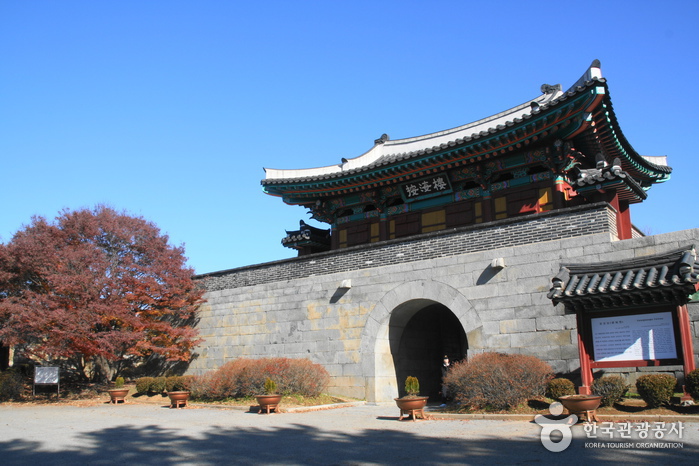
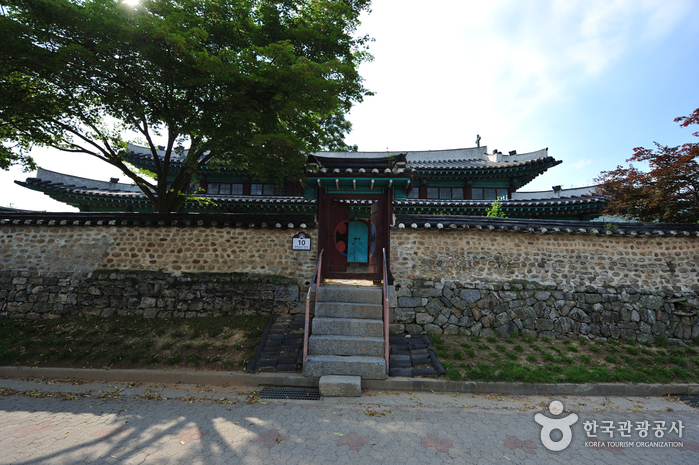
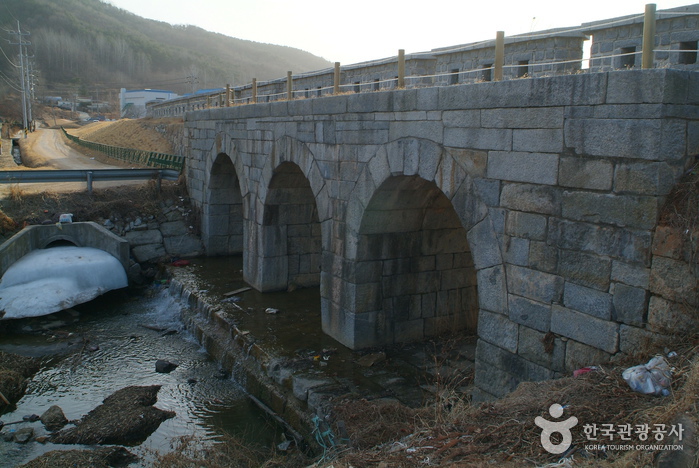
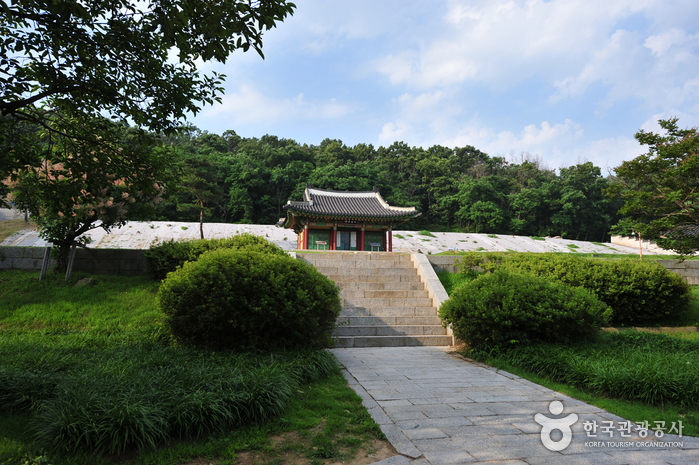
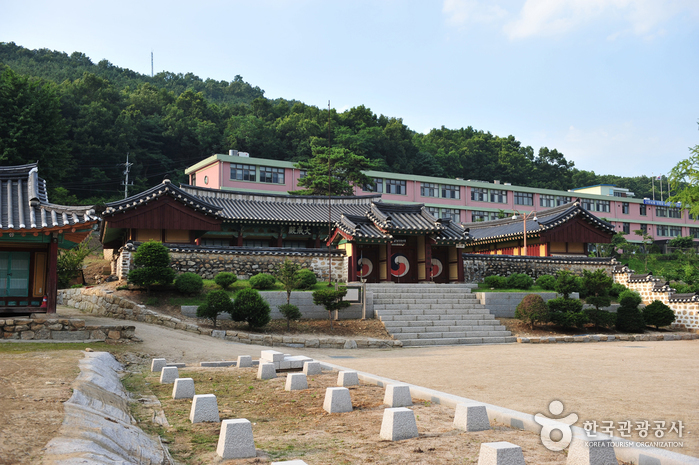
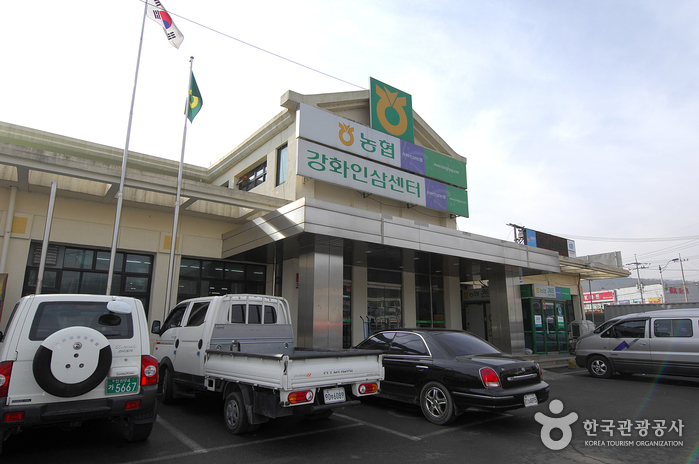
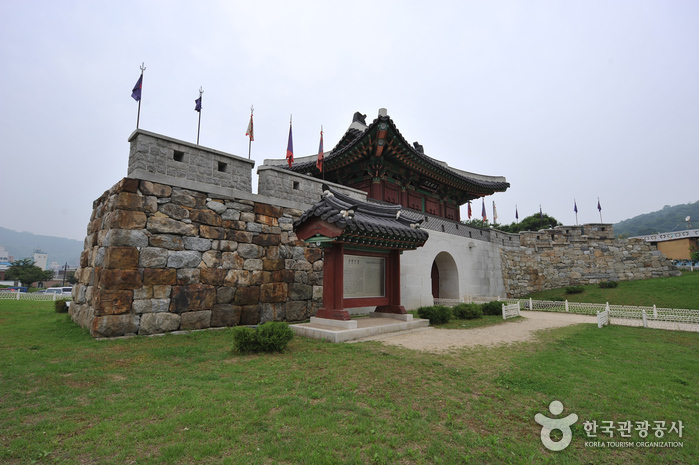
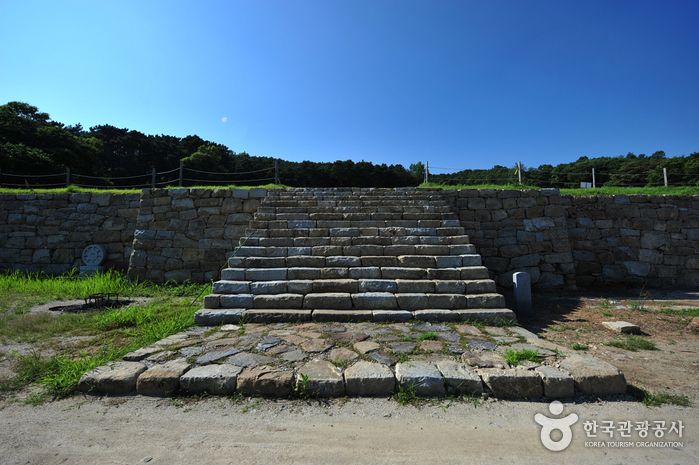
![[Ganghwa Nadeul-gil Course 2] Homeland Fortification Trail ([강화 나들길 제2코스] 호국돈대길)](http://tong.visitkorea.or.kr/cms/resource/05/1895205_image2_1.jpg)
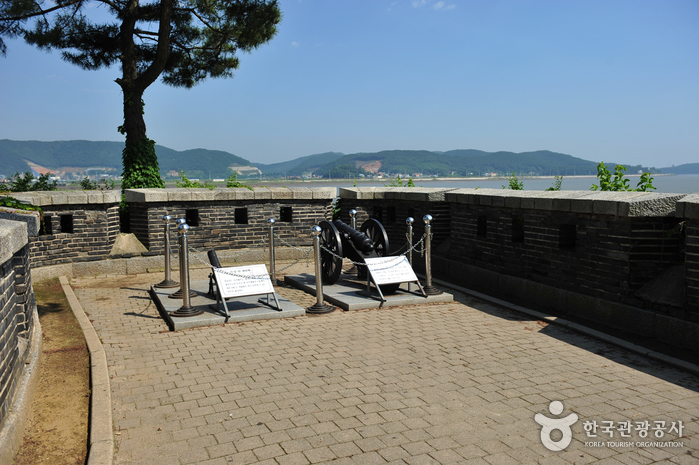
 English
English
 한국어
한국어 日本語
日本語 中文(简体)
中文(简体) Deutsch
Deutsch Français
Français Español
Español Русский
Русский